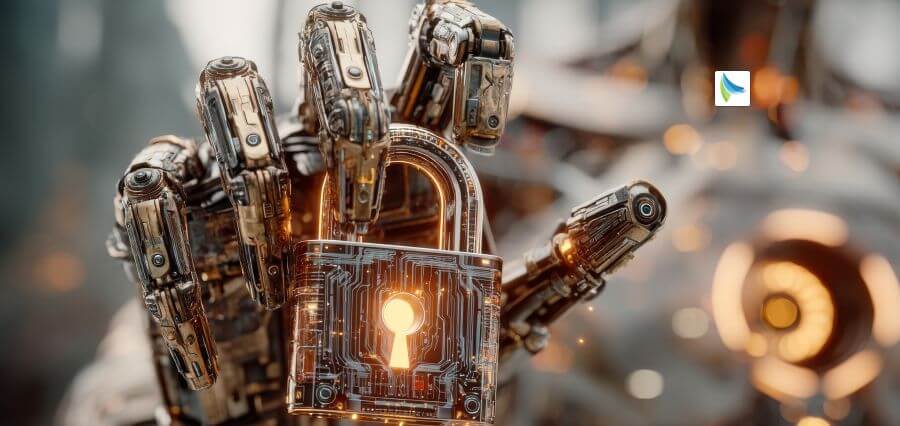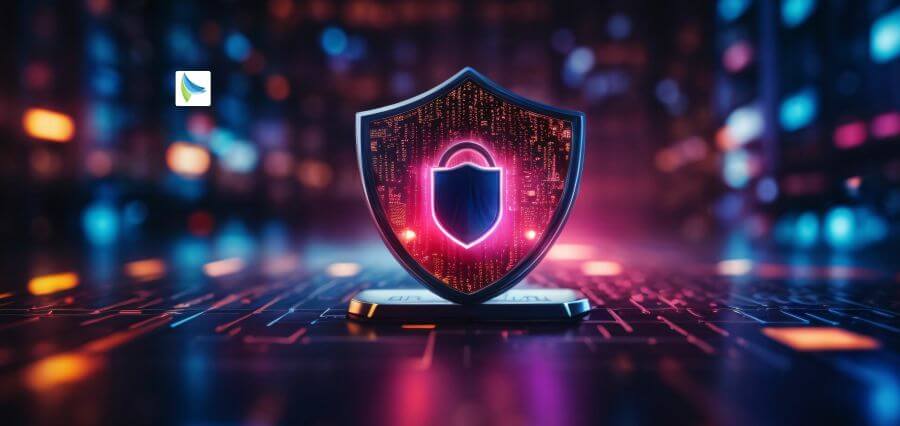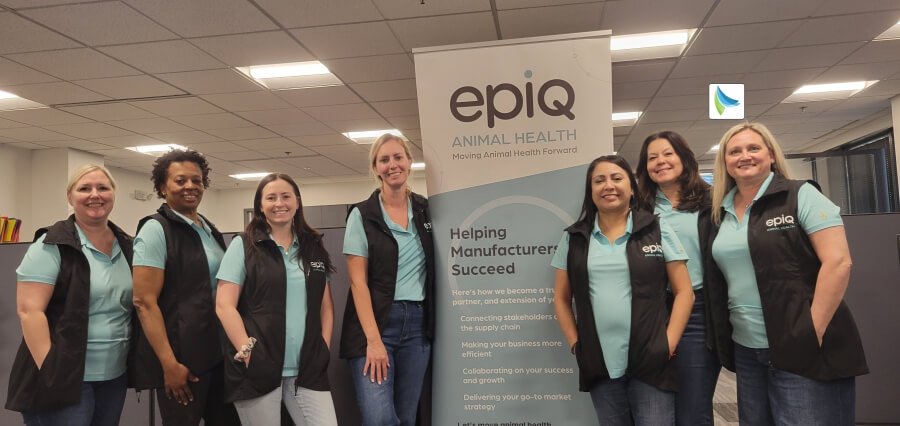Behind the Firewall
As cyber threats become more advanced, organizations are considering the use of cybersecurity automation tools to strengthen their defenses. Such systems not only increase the level of security but also make the work of teams work radically differently, significantly reducing manual labor and response time. This article addresses major actors, advantages, risks, and new directions in the automation of cybersecurity.
Why Automate?
Traditional Security Operations Centers (SOCs) faced the problem of alert fatigue for years: constant manual triaging, false positives, and disparate tools, which did not allow prompt action. Tools aimed at automating cybersecurity, such as Security Information & Event Management (SIEM) and SOAR, ease this load by automating (more), reacting (more), and performing activities (more). Use of automated systems allows SOC analysts to give attention to strategic threats instead of routine notifications.
In addition, human defenses are no longer sufficient as attackers are automated using AI. Automation serves as a powerful force multiplier, enabling organizations to counter AI-driven threats with AI-driven defenses. However, it is not a fully autonomous solution, as expert oversight remains essential to guide, validate, and refine automated actions.
Leading Solutions
Here’s a rapid-fire overview of top cybersecurity automation tools shaping today’s defense landscape:
- IBM QRadar (SIEM/SOAR)
QRadar automatically identifies incidents and prioritizes risks through analytics and automated playbooks, which makes busy days much less stressful.
- Palo Alto Networks Cortex XSOAR
The Cortex XSOAR provides streamlined incident coordination and automation, with fully customizable playbooks, support of hundreds of tools, and integration into the SOAR platform.
- Splunk Phantom / Enterprise Security
Splunk ES offers profound analytics, and Phantom manages case management and orchestration. They both automate workflows, alerting, and threat hunting, but complexity and cost are barriers.
- Tenable.io and Qualys Cloud Platform
They are automated tools that conduct vulnerability checks, continuous checks, and remediation planning, which are the core components of proactive threat prevention.
- Ansible & Puppet (Configuration Management)
They are useful in DevOps, but they also automate security baselines, patching, and compliance, keeping secure configurations within enterprises.
- Darktrace & AI‑driven XDRs
Anomaly detection with the help of self-learning AI and the capability of automatic containment is leveraged by platforms such as Darktrace. These new-age tools are opening the door to the future of defense.
Challenges & Cautions
Although promising, cybersecurity automation tools are still a long way from being plug-and-play. The process of integrating platforms such as Cortex XSOAR and Splunk is also complicated, demanding extensive planning, configuration skills, and valuable time, which may become an actual challenge to smaller or less-resourced teams. The economic and expertise requirements of leading-edge platforms like Splunk ES and QRadar are also a challenge, which can require specific people to handle and monitor them properly.
Another crucial thing is trust. Although there is a growing acceptance of AI-based cybersecurity among executives, the same survey carried out by Techradar found that only one in every ten security analysts has complete trust in automated tools. Closing this divide will necessitate more explainability and transparency of the algorithm behavior of such systems. In addition, attackers are now adopting automation as well and can use it to expand and accelerate their threats. This is an arms race where defensive automation has to keep up in speed.
Future Trends
Automation and machine learning are used by platforms like ReliaQuest GreyMatter and vulnerability detection models that use AI to provide fast and data-driven incident detection and response. The DevSecOps arena is experiencing a radical shift in the practicality of penetration testing, as effective human control is still a necessity because AI tools such as PenTest++ are automatically creating tests and finding possible exploits. Standardized automation protocols, such as SCAP frameworks and IEC 62443 standards, are becoming more notable in facilitating interoperable, policy-based security automation in industrial control systems and critical infrastructure.
In the future, projects such as Google Big Sleep herald the advent of autonomous cyber-AI, or systems capable of identifying, investigating, and blocking threats independently of direct interaction with the human operator, a significant step in terms of cyberspace protection of a preventive nature.
Final Thoughts
Cybersecurity automation tools are no longer optional improvement addons; they are now key defenses. Although powerful, effective deployment needs a strategy that includes selecting the right tools (SIEM, SOAR, EDR, XDR, vulnerability scanners, configuration enforcers), building analyst trust, and maintaining control. The future holds even more autonomy: self-testing, non-UI AI agents, and standards-driven policies.
Nevertheless, the cardinal rule remains that technology can support and enhance cybersecurity efforts, but it cannot replace the critical judgment and expertise of human professionals. Teams with a mastery of automation will be able to stay ahead of the evolving digital threat and respond rapidly, intelligently, and with resilience as we go behind the firewall.
Read More: Setting New Benchmarks for Data Protection


















